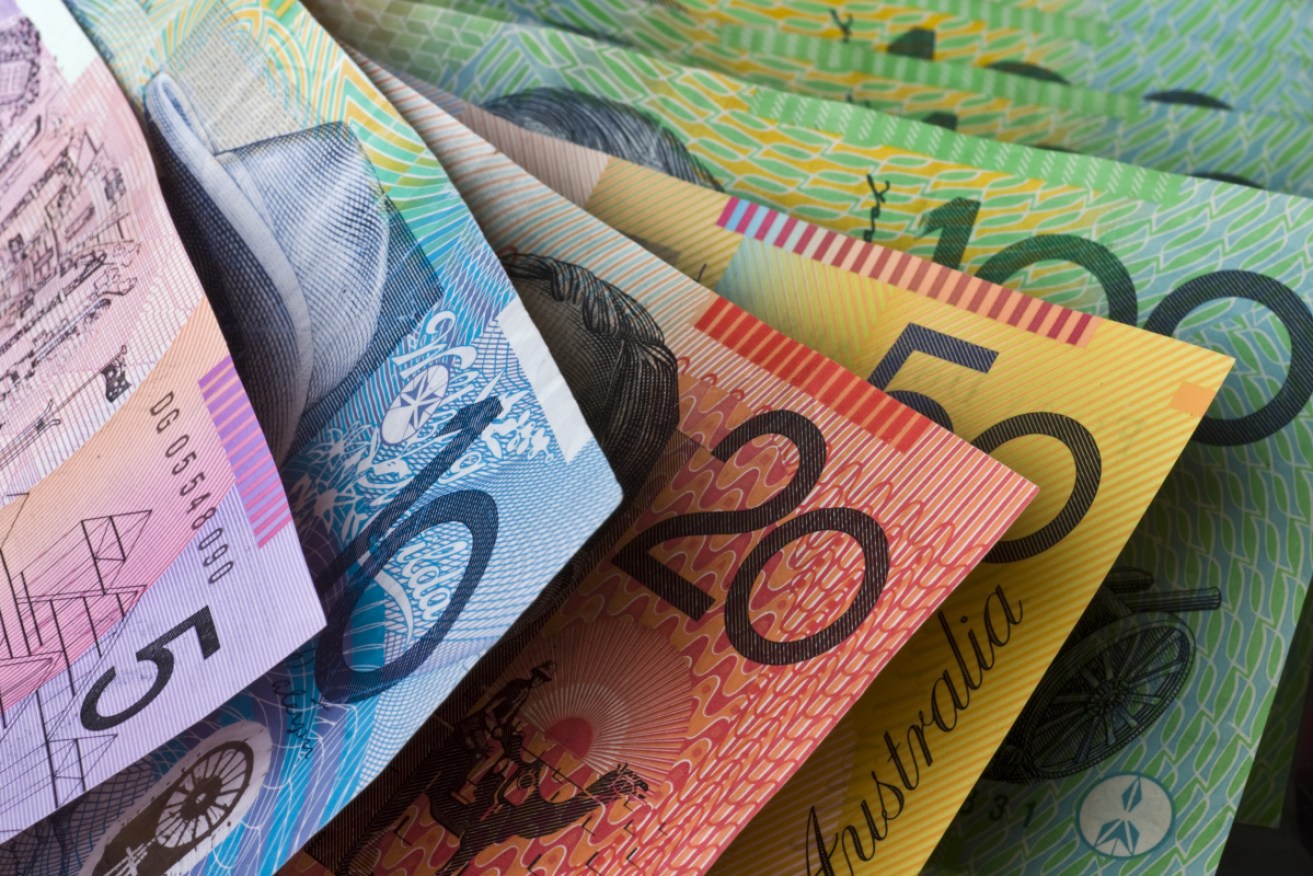Reserve Bank holds cash rate at record low 1 per cent

The RBA cut rates in June and July, but has held firm for August. Photo: Getty
The Reserve Bank has held the cash rate at a record-low 1.0 per cent amid what governor Philip Lowe called “increased” uncertainty for the global economy.
Announcing the board’s decision not to cut the rate for a third straight month on Tuesday, Dr Lowe said trade and technology disputes – namely the escalating US-China trade brawl – were generating volatility that could derail investment needed to kickstart Australia’s economic growth.
Australia’s share market lost about $50 billion on Tuesday as Washington and Beijing traded blows, with the Reserve Bank also downgrading its economic growth and inflation forecasts at its August board meeting.
Dr Lowe said the RBA expected inflation to miss the central bank’s previous forecast of 2.0 per cent in 2020, and for GDP to grow by 2.5 per cent in 2019, compared to the 2.75 per cent previously expected.
Dr Lowe acknowledged that another cut before the end of 2019 may be needed, while the country should expect an extended period of low interest rates.
“Economic growth in Australia over the first half of this year has been lower than earlier expected, with household consumption weighed down by a protracted period of low income growth and declining housing prices,” Dr Lowe said.
Economists had widely expected the RBA to leave interest rates unchanged as it gauges the effect of consecutive cuts in June and July.
The RBA had reduced rates for two straight months to 1.0 per cent in a bid to help kickstart economic growth.
A general improvement in business sentiment has been building since the federal election in May, while tax cuts and increased lending capabilities have come amid signs of recovery in the Sydney and Melbourne housing markets.
But Dr Lowe said for a second straight month the bank would adjust again “if needed”, which in July was widely interpreted as the central bank adopting a short-term watching brief.
He said consumption remained the main domestic uncertainty, although a pick-up in growth in household disposable income and a stabilisation of the housing market could support spending.
A cut to a fresh record low of 0.75 per cent is widely expected by the end of 2019.
Economists from Westpac and UBS are among those who expect a 0.25 percentage point cut in October, while the futures market has priced in a cut by November at the latest.
“We expect the RBA to cut rates by 25 basis points in both October 19 and February 20,” UBS economist George Tharenou said.
“Overall, policy stimulus is finally here, but the starting point for the economy keeps getting materially worse.”
The RBA will formally update its economic forecasts in Friday’s statement on monetary policy.
BIS Oxford chief economist Dr Sarah Hunter said the RBA was unlikely to raise the cash rate until its inflation threshold had been breached, which it has indicated will not be until 2021 at the earliest.
The Australian dollar spiked briefly after the central bank’s announcement but settled to 67.83 US cents by 1600 AEST.
-AAP








